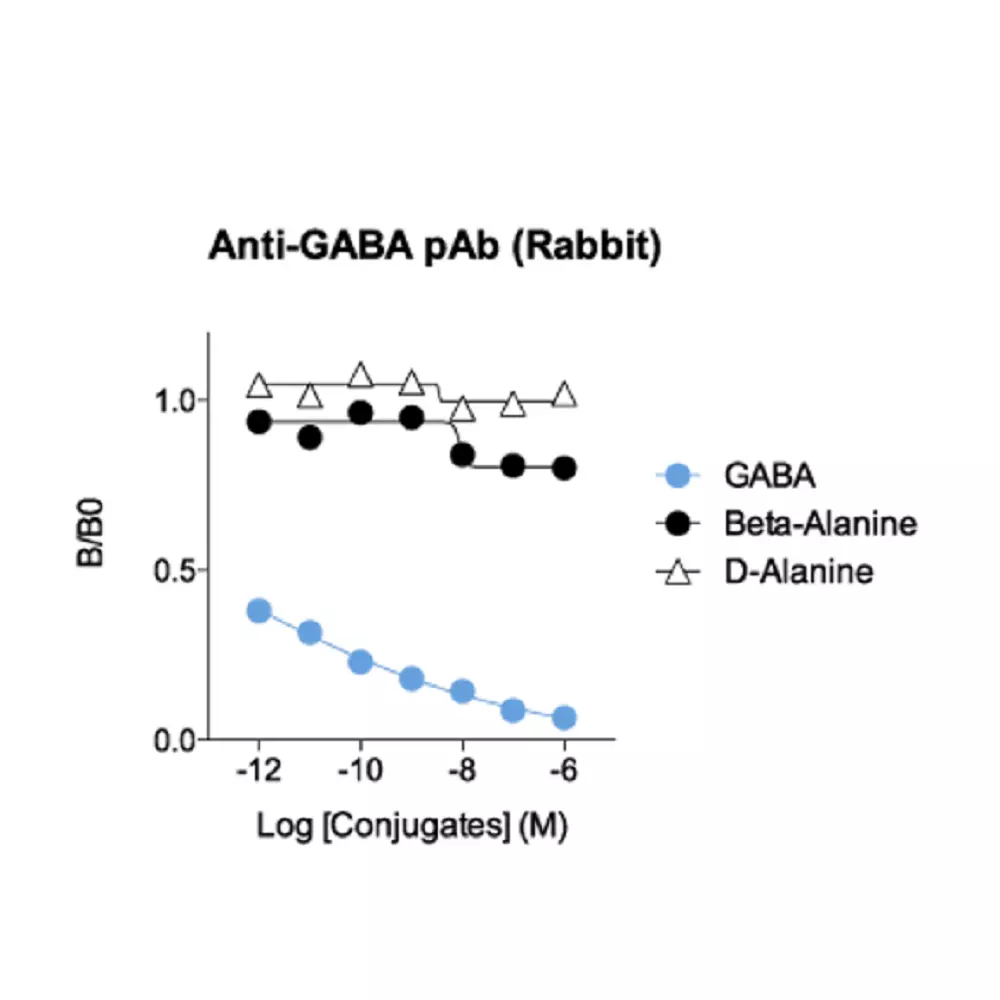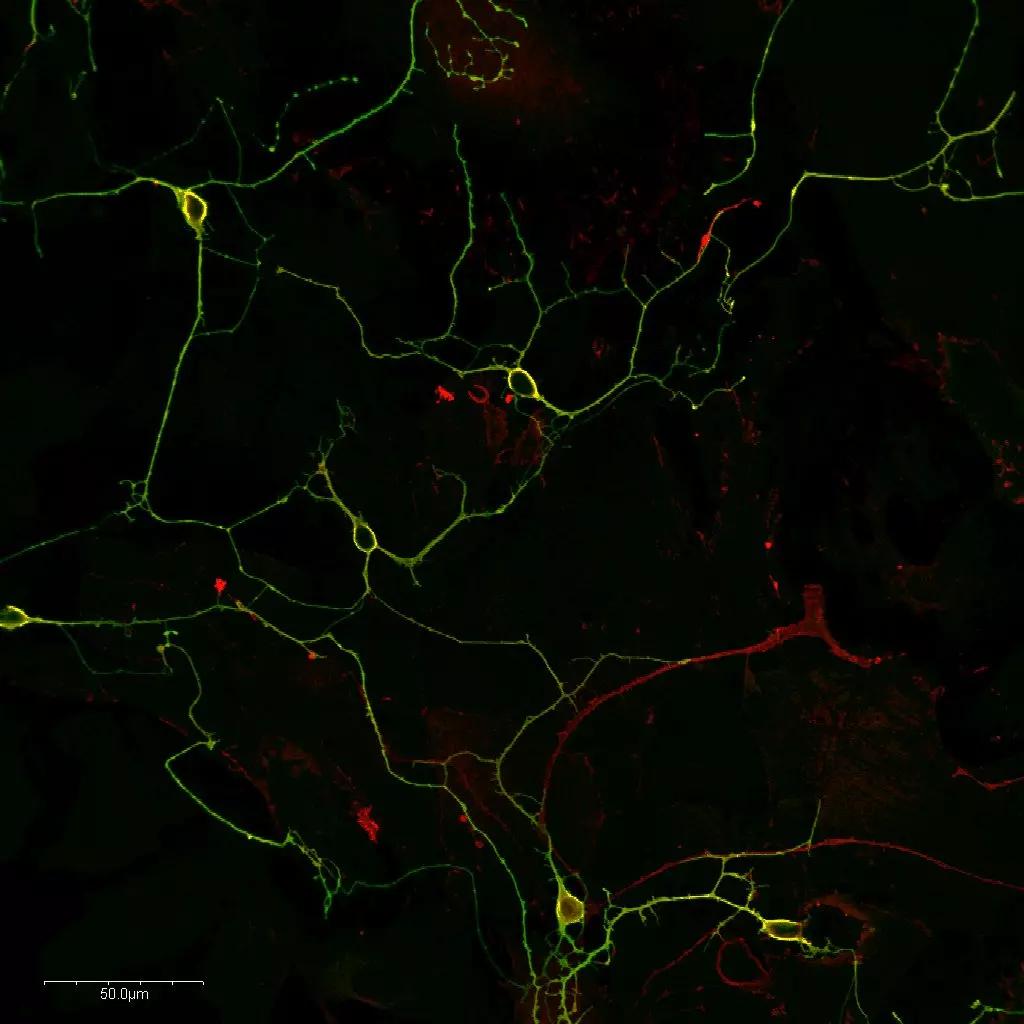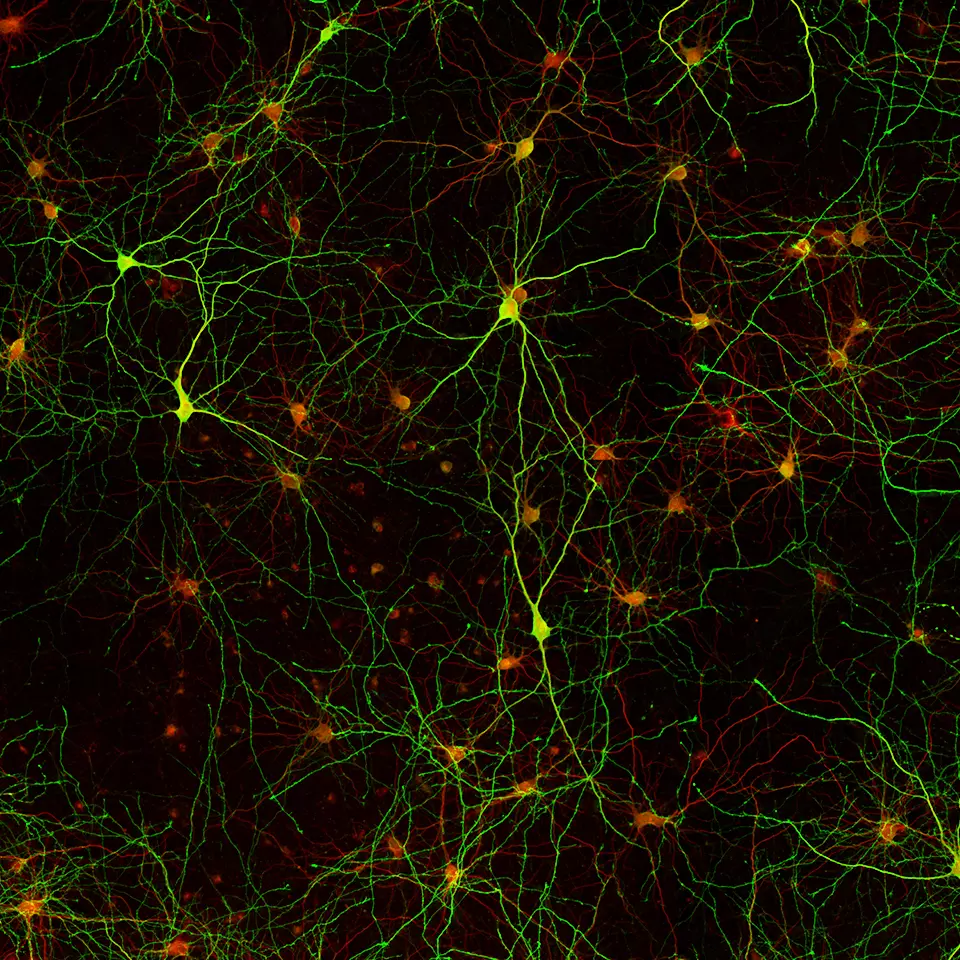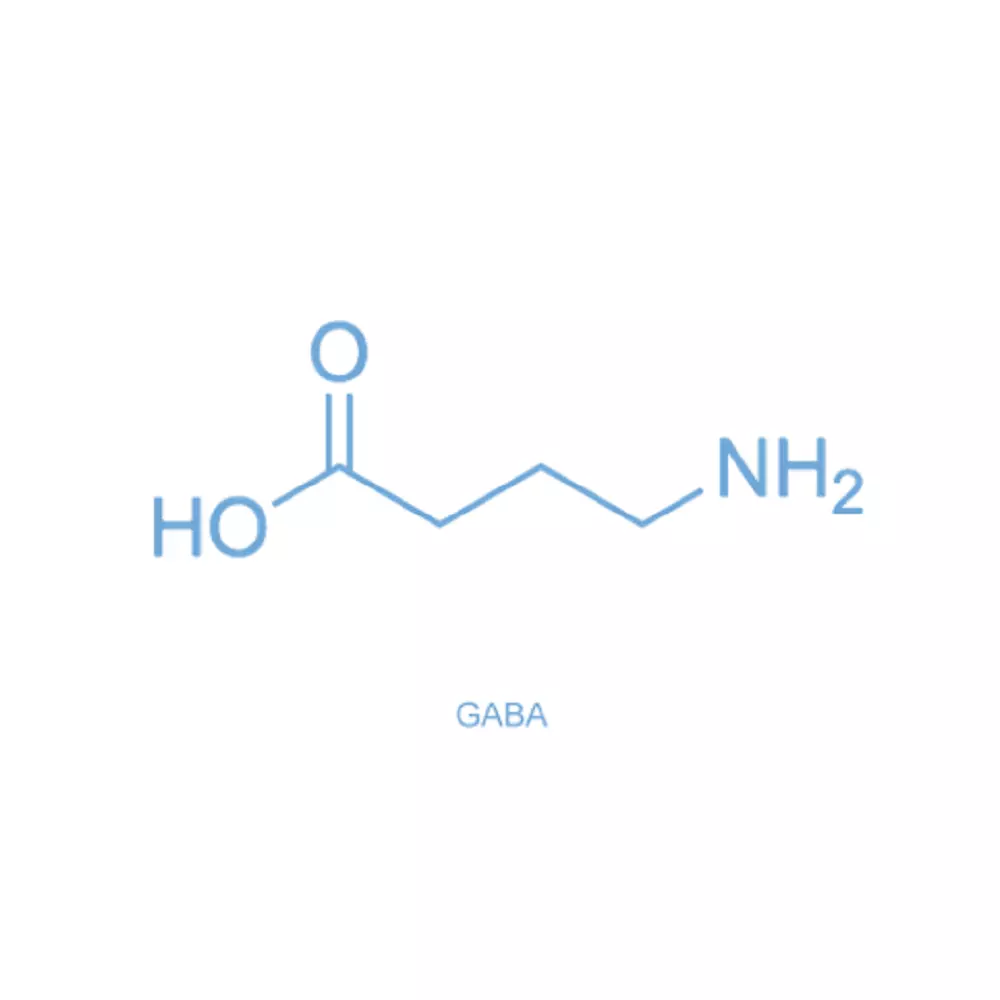GABA Antibody – Rabbit Polyclonal
Ref: IS1006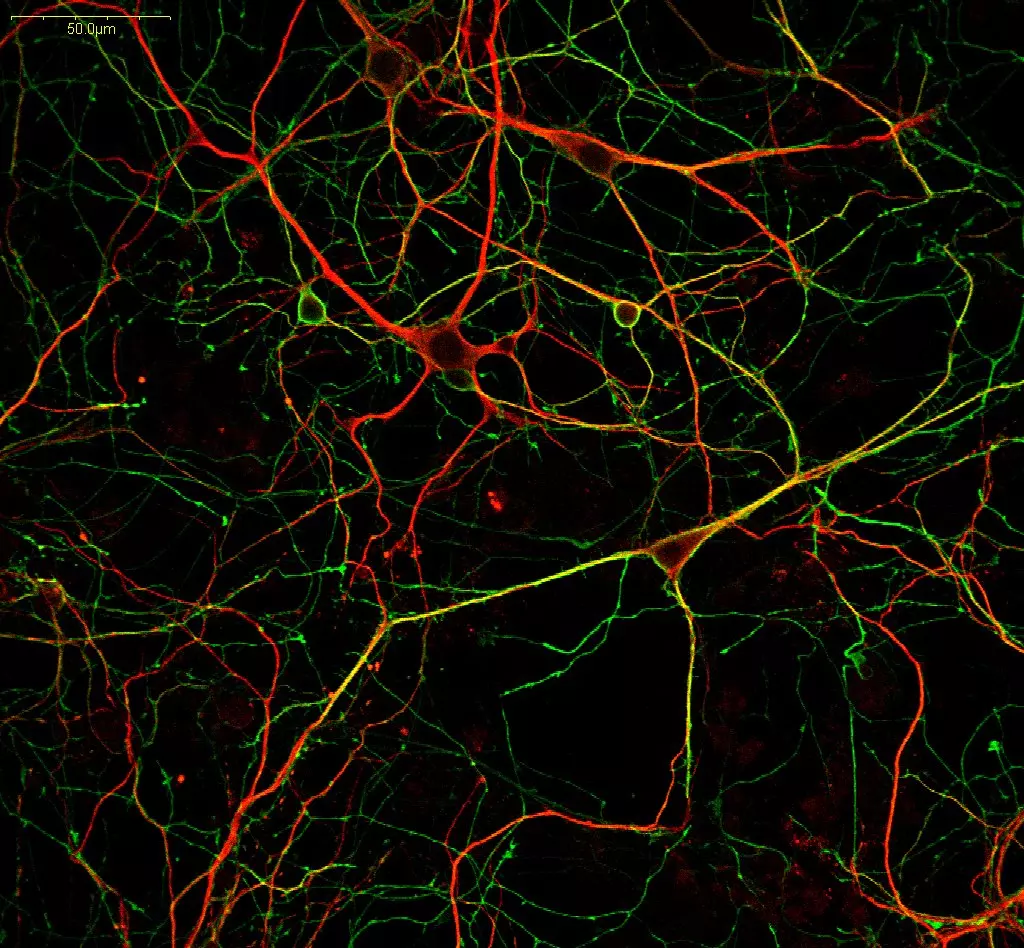 +
+GABA labeling (green) in mouse cortical primary neurons
Immunodetection of GABA- (green) and MAP2- (red) positive neurons in mouse primary cortical culture. GABAergic neurons were stained using IS1006 anti-GABA antibody combined with MAP2 antibody using the stainperfect immunostaining kit A and appropriate protocol, respectively. Alexa fluor 488 and 546 secondary antibodies were used and pictures were captured by high-content imaging.
DatasheetMSDS
The anti-GABA antibody IS1006 rabbit polyclonal antibody displays high affinity and specificity and allows direct detection of GABA in whole mounts, cell culture and tissue sections when samples are prepared using the STAINperfect immunostaining kit A.
| Clonality | Polyclonal antibody |
| Host | Rabbit |
| Reactivity | Reacts with all species |
| Tested samples | Whole mounts, cell culture, tissue sections |
| Staining procedure | STAINperfect immunostaining kit A |
| Format | 50µL (approx. 40 tissue sections) |
| References | Cited in 2 papers |
Product overview
| Product name | GABA antibody – Rabbit Polyclonal antibody |
| Synonyms | Anti-Gamma-Aminobutyric acid antibody |
| Immunogen | Conjugated GABA |
| Specificity | When tested in competitive ELISA, the anti-conjugated GABA antibody did not show any significant cross reactivity with Gamma-Aminobutyric acid analogs, including Beta-Alanine and D-Alanine |
| Volume | 50µL |
Storage
| Form | Liquid |
| Purity | Purified anti-serum |
| Storage |
Store at +4°C for short term (1-2 months). Aliquot and store at -20°C for long term. Avoid repeated freeze / thaw cycles |
| Material safety datasheet | Download MSDS |
| IF – Cell cultures, Whole mounts, Tissue sections | Dilute antibody with the antibody diluent provided in the STAINperfect immunostaining kit A. Use at 1/250 -1/1000 dilution. Follow the STAINperfect protocol suited to your sample |
| Comments | Optimal working dilutions must be determined by the end-user |
| Restrictions | For research use only |
| Full protocol | Download STAINperfect protocol for GABA staining |
| Protocols-at-a-glance |
 |
 |
 |
 |
| Complete Instructions for Use |
Protocol-at-a-glance for cell cultures |
Protocol-at-a-glance for whole mounts |
Protocol-at-a-glance for tissue sections |
Product citations
- Structural, morphometric and immunohistochemical study of the rabbit accessory olfactory bulb
Check the article
Authors : Villamayor et al., Brain structure & function
2019-12 - hiPS Cell-Derived Neurons for High-Throughput Screening
Check the article
Authors : Traub et al., Methods in molecular biology
2019-01
